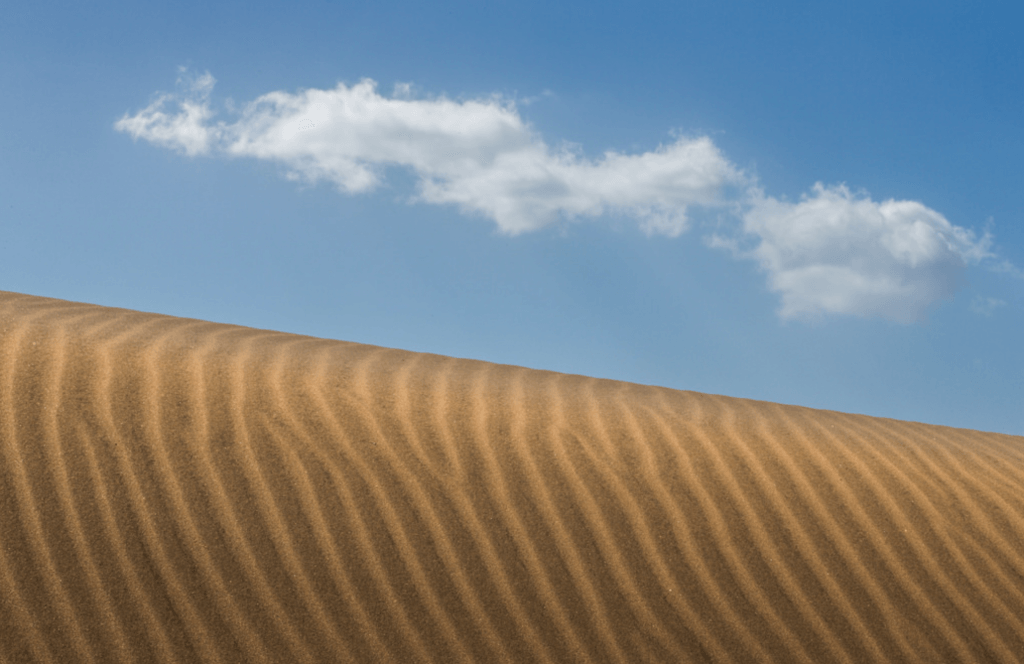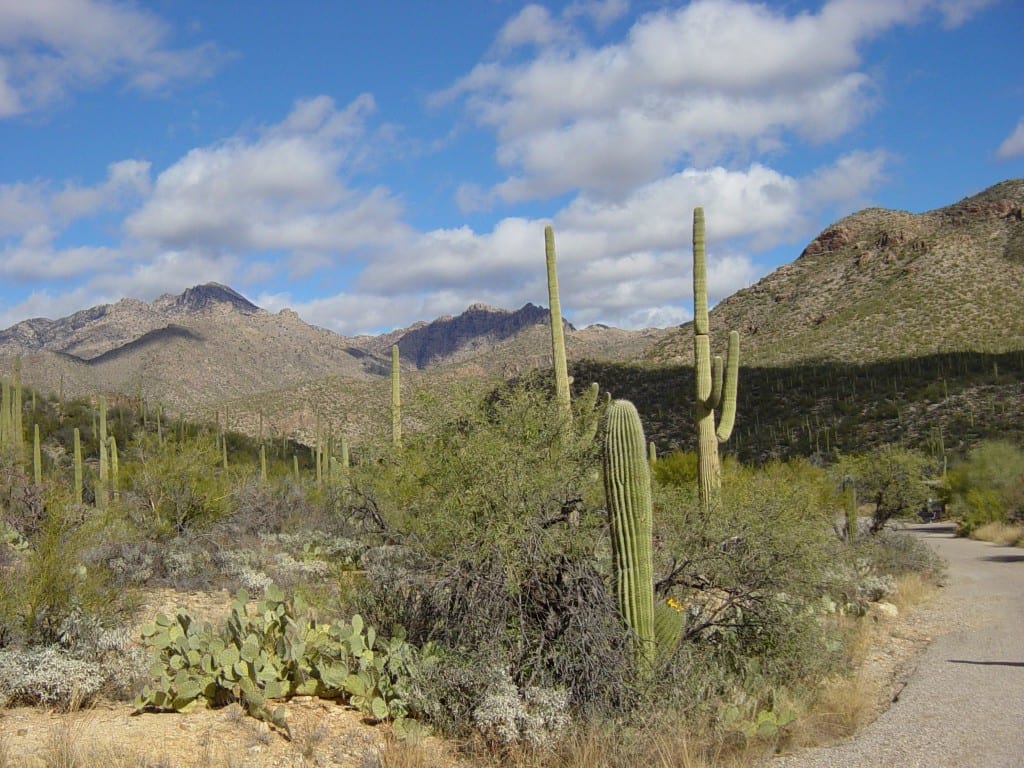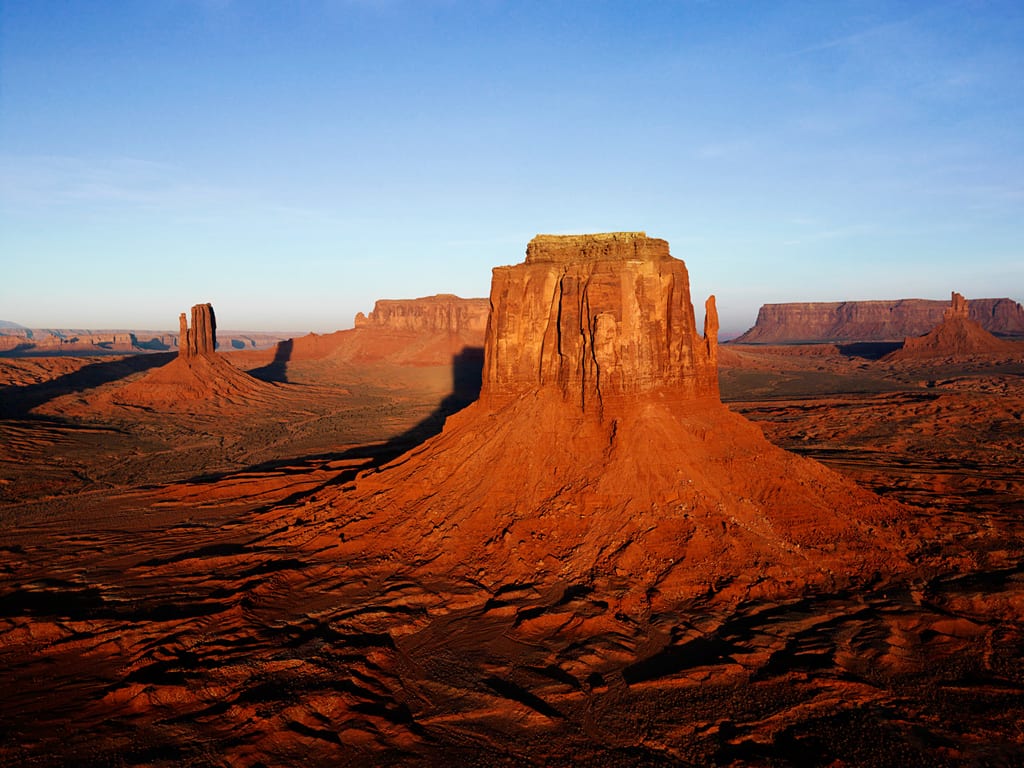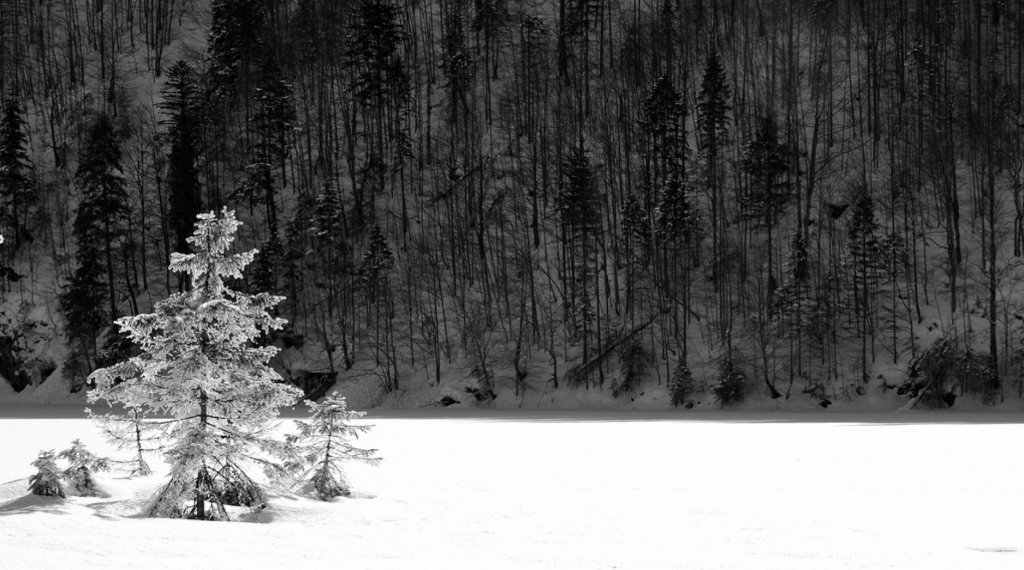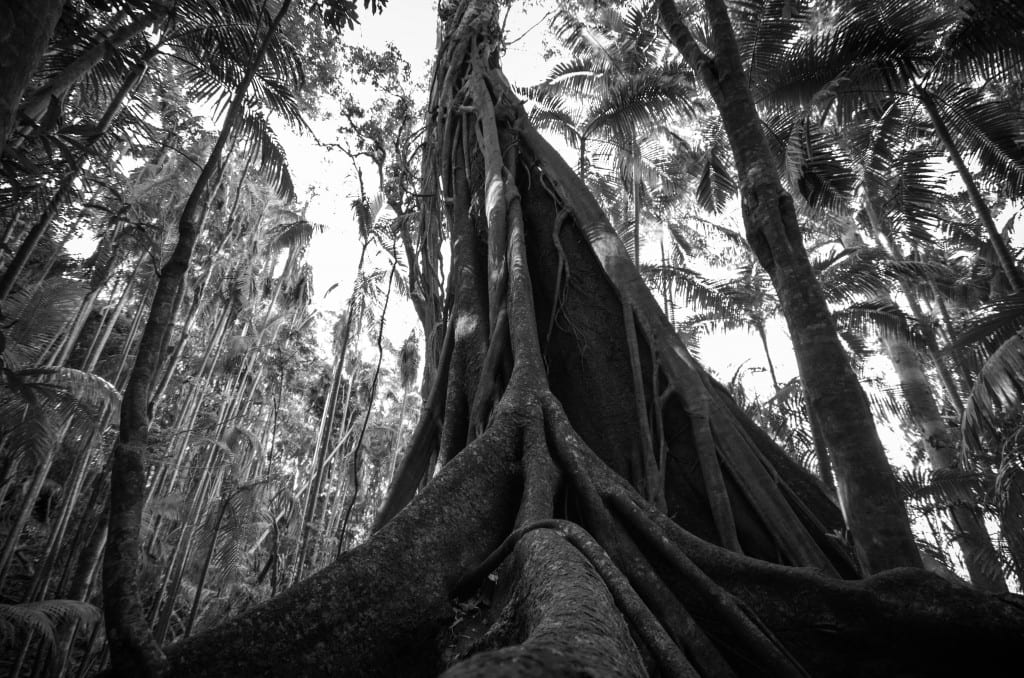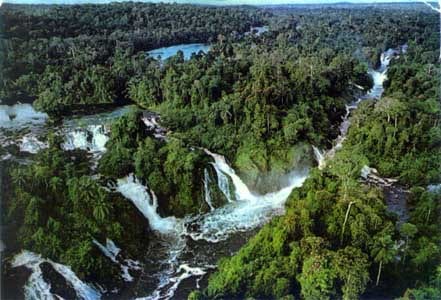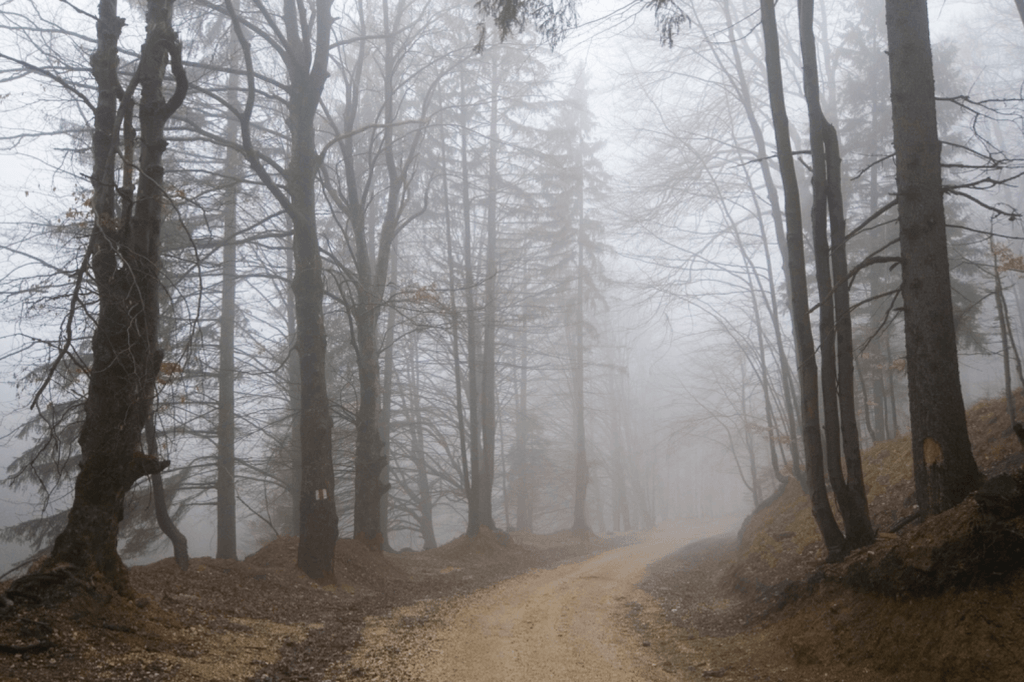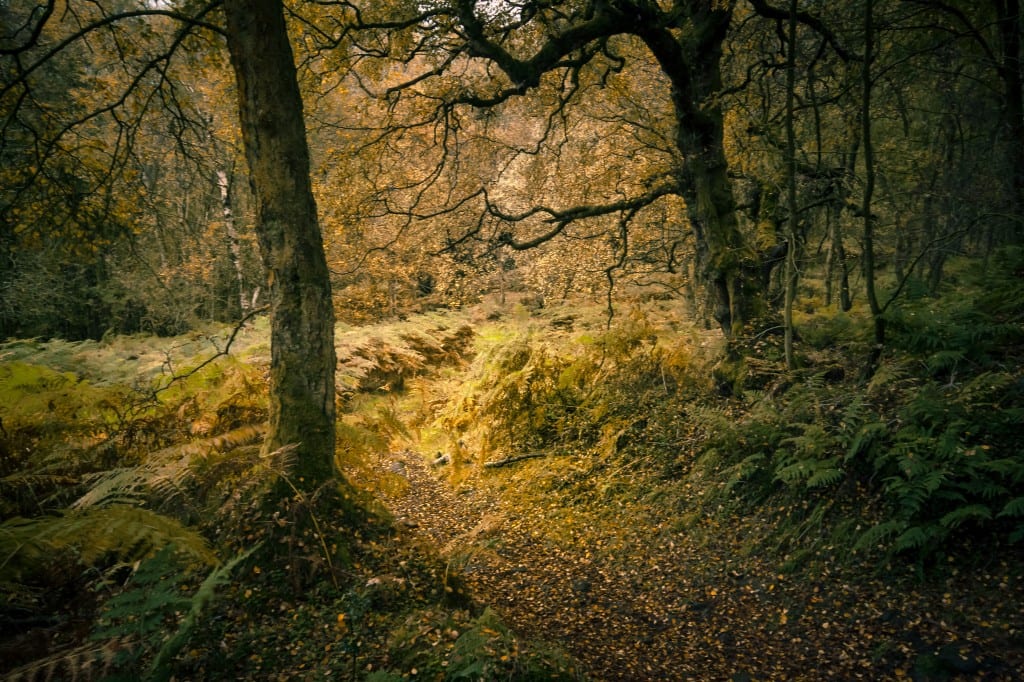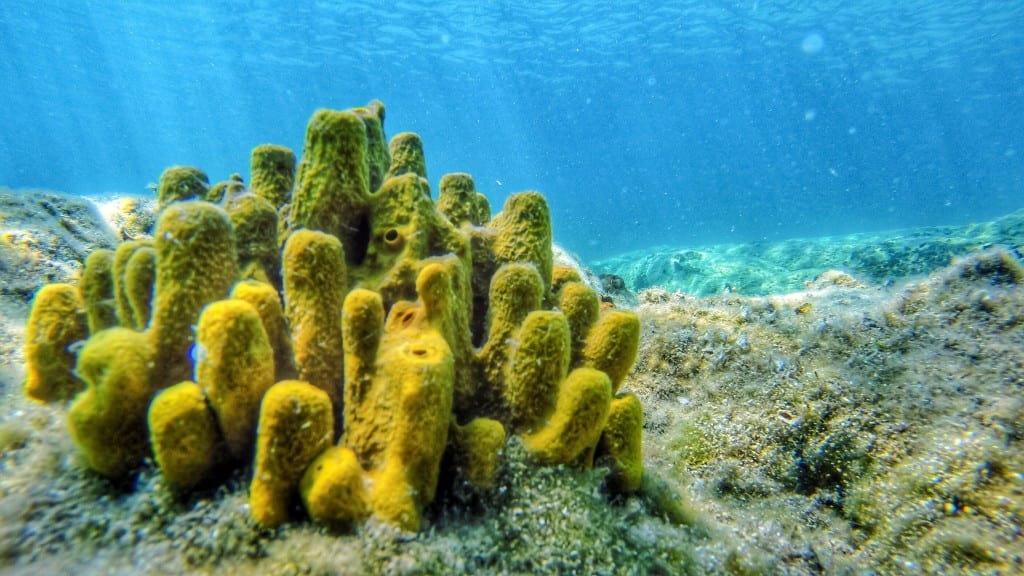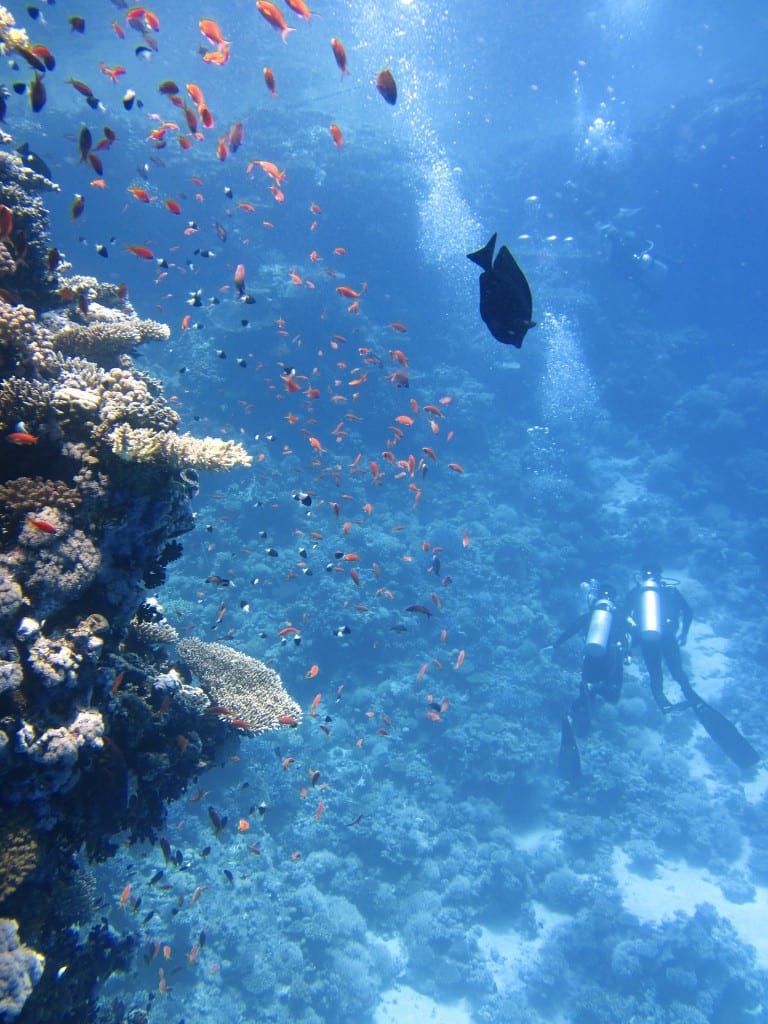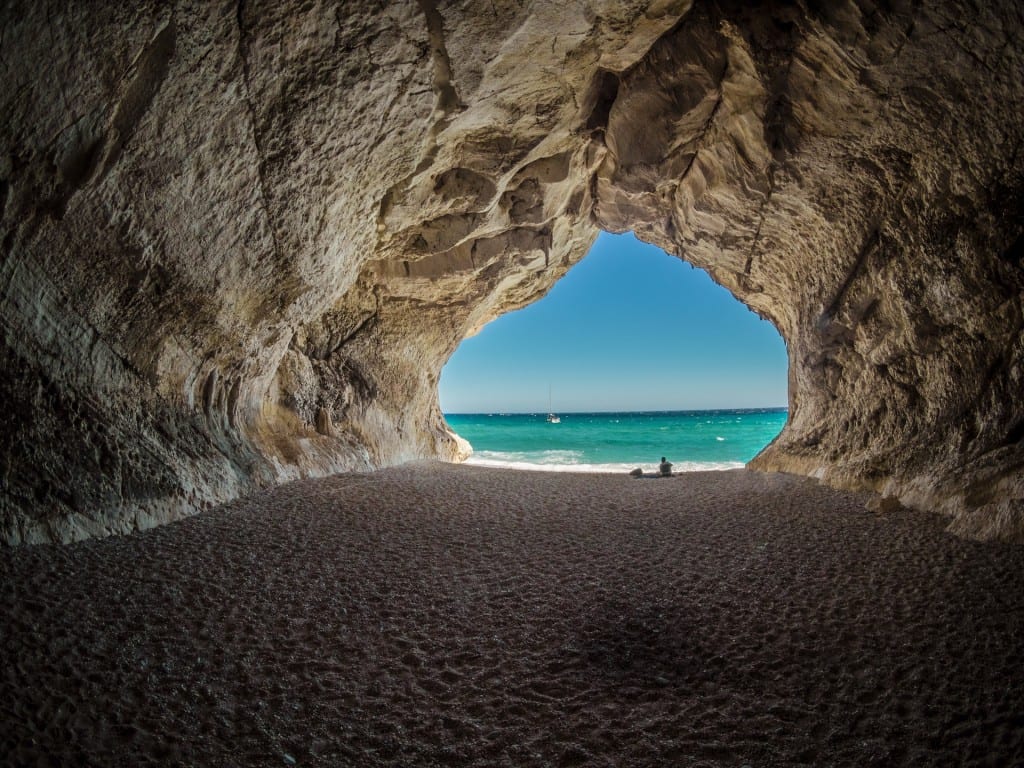The pure aim of modelling a creature is in order for me to texture paint it in different types of environments. Because of this, I need to decide where I am going to be placing my creature in order to begin looking for resources that are appropriate. The ideal environments for me to use would have to be unique from one another, showing variations in the textures and lighting I will be using. Within the environments there may be elements that can interact with my creature, forcing me to position the creature differently. These can be anything from animals, to water, or even different temperature or weather elements.
Environment 1 – Desert
The desert environment can be anything from complete emptiness to having mountain-like aspects. It can include sand and rock as its foundation, with plants such as cacti, weathered trees, tumbleweed and wildflowers littering the terrain. Little precipitation occurs in the desert, and the temperature is often high, meaning the landscape is most often dry and hostile for most animal life. The heat and lack of rain can affect the lighting of a desert environment, making it warmer and brighter. The barren nature of this environment also means there will be fewer objects to obstruct light and cast shadows, making it a rather basic environment to light.
Tutorials that may prove useful:
The following tutorials all have instructions on things I could add to my creature before placing him into a barren landscape.
The above tutorial contains techniques I could use to alter the look of my creature in order to blend him into the environment.
Pebbles could also be littered onto and around my creature to insinuate the idea of sandstorms, and that my creature has been in that environment for a while.
This tutorial could help me to reshape the body of my creature to make him seem more appropriate for a desert landscape.
Environment 2 – Snowy Mountain
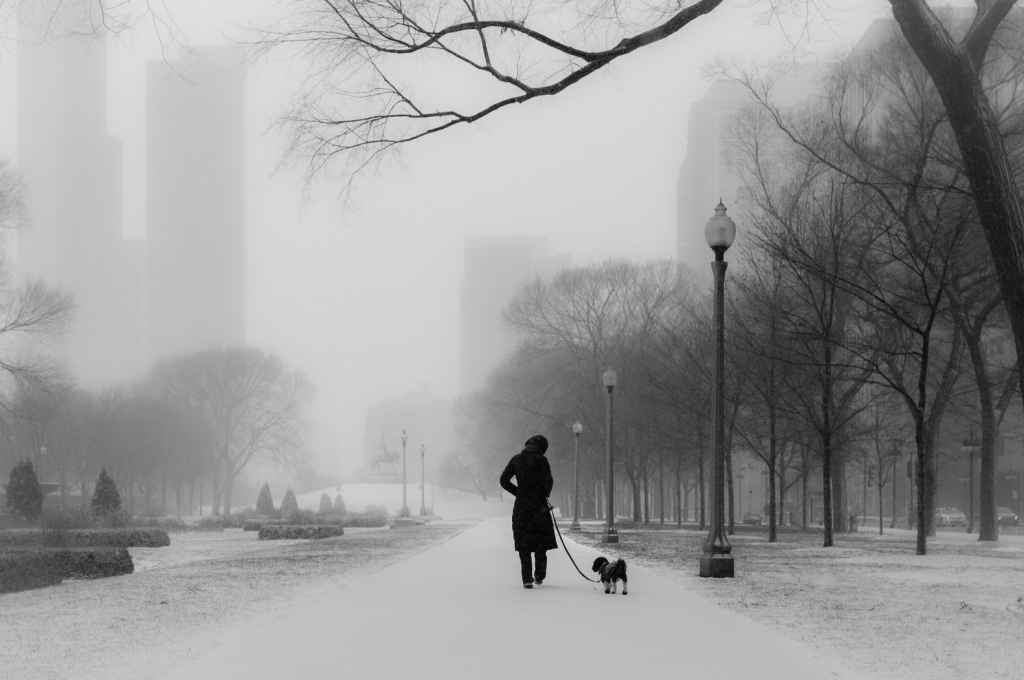
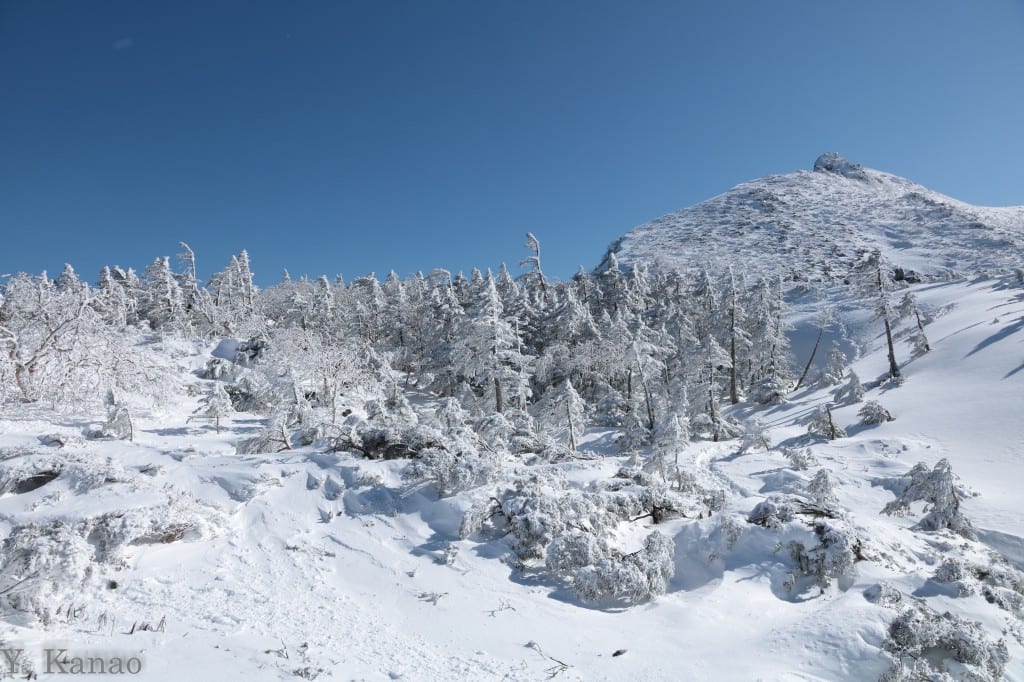
A snowy landscape completely unique from a desert. It can be anything from a snowy wood to a mountaintop, to even a city, and can alter the form of my creature significantly. Due to the nature of my creature, I would most likely base this environment around a snowy mountaintop, as a city may be too public, and a woodland may be too similar to my third and final environment. A snowy mountaintop also gives me more of a chance of incorporating my creature into the environment easier, with the structure of him resembling rock-like materials. This environment will include large landforms, snow, trees and foliage, and it will be very isolated, with the option to include a hiker or two. The mountain may be surrounded by a water source and can refrain from being completely covered in snow. This would be ideal as an environment as I can use my creatures original material and add snow to appropriate places. Piles of snow may also form on the creature.
Tutorials that may prove useful:
Environment 3 – Forest
A forest is not limited to an exotic location. It can include terms such as a wood, woodland, rainforest, and even just trees. Whichever route I decide to take this environment down, it will be one filled with life, with vines and trees growing everywhere, and animals wandering throughout, elements I could make my creature interact with. Some forests include water such as a waterfall or stream running throughout, which is something I could consider looking for when searching for a suitable image. Any these factors could be found somewhere my creature may settle, so my options are extremely open. Based purely on preference, I would like to use an image that resembles a rainforest more than a typical woodland, purely for the variety of contents and the colours would probably more vibrant, this decision is subject to change and relative to the images I find during my search.
Tutorials that may prove useful:
Rainforests have a lot of humidity, so including mist around my model may be quite fitting.
This explains how to create a log with moss on it, from start to finish. Parts of this tutorial may help me to create an ideal texture and shape to my characters look.
Environment 4 – Sea
For a sea type environment, I could either place my model by the sea on either a cliff or the equivalent of or place it underwater. Both settings have the potential to create entities that interact with y character, underwater has sea creatures and plant-life to consider, whereas next to a water source as large as the sea has the possibility of lighting shifts and reflections. By the sea is also rather windy, which would probably not affect my actual creature, but could affect things around him such as dust/sand particles or water spray. Underwater can be either dark or clear depending on how deep and where the scene is set in the world, both of these could change the clarity of my characters textures and shape differently.
Tutorials that may prove useful:
https://www.youtube.com/watch?v=yq0y8J59GJs
